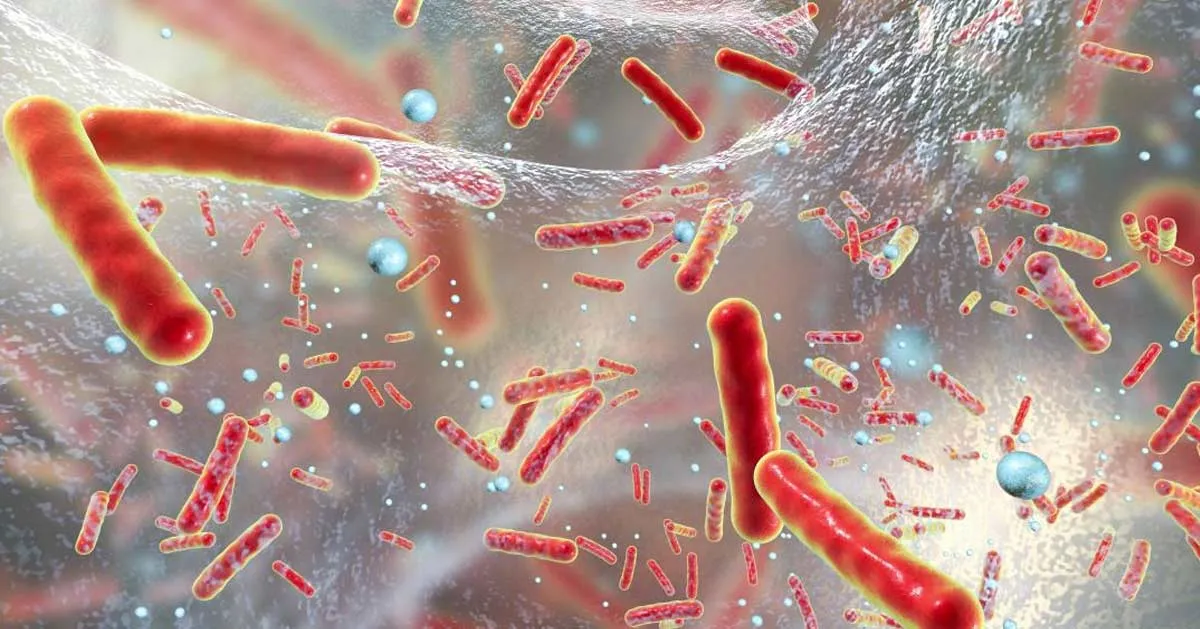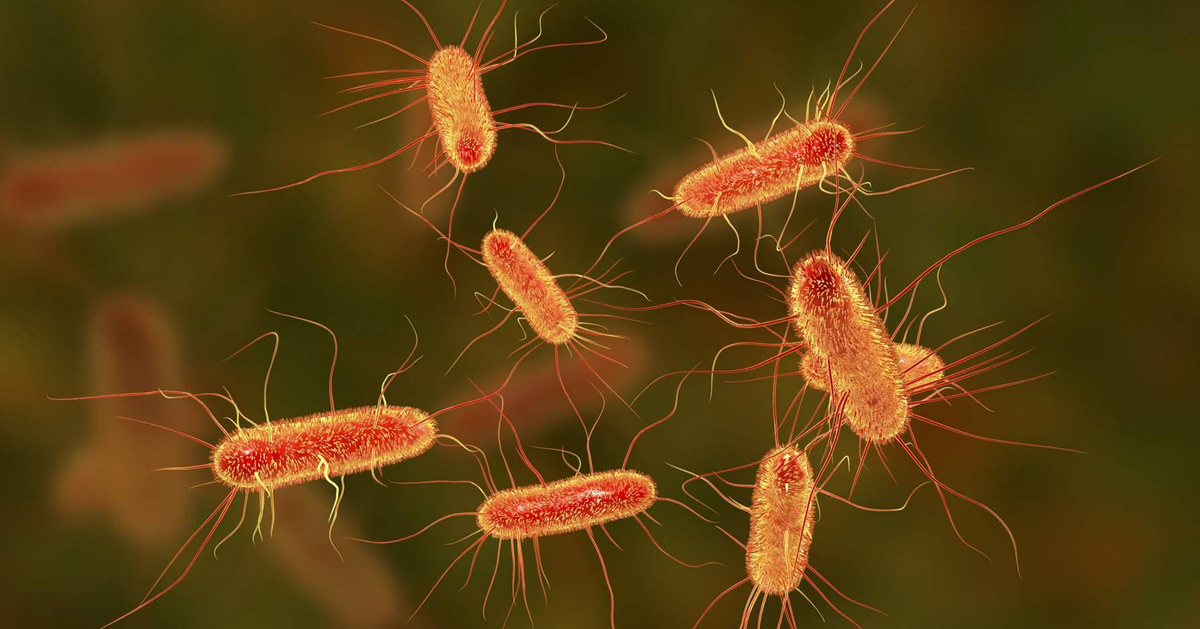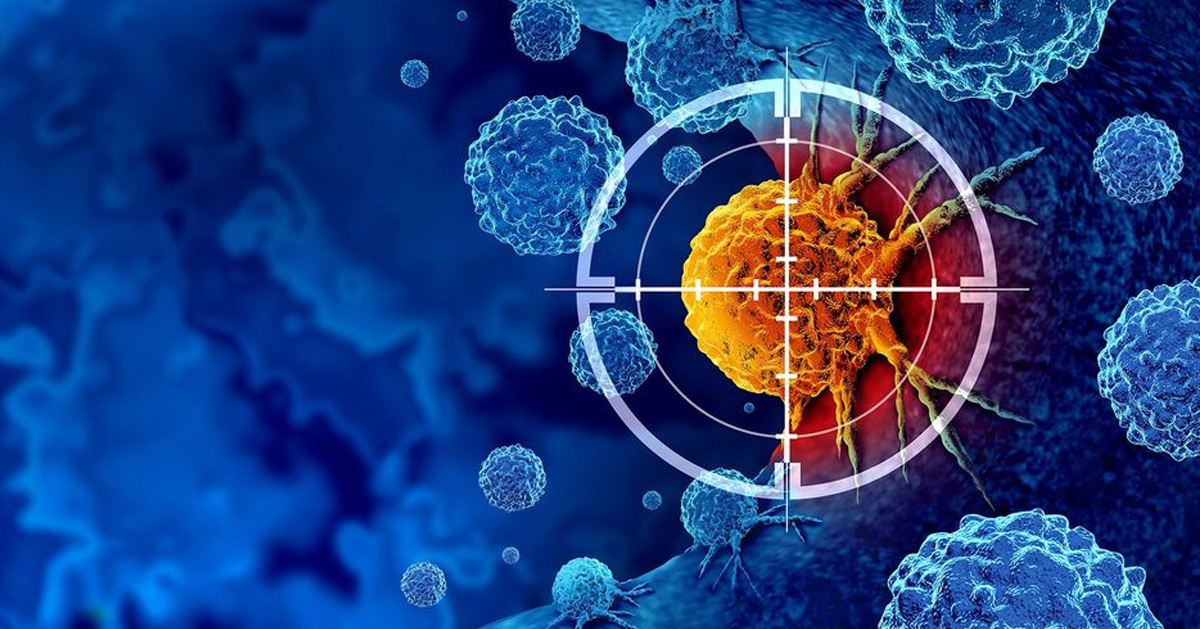
In an eye-opening study, it has been revealed that over three million children may have succumbed to antibiotic resistance in the year 2022. The alarming figure highlights the rapidly escalating crisis of antimicrobial resistance (AMR), especially in vulnerable regions like Africa and South East Asia. The study, authored by child health experts Dr Yanhong Jessika Hu and Professor Herb Harwell, underscores the growing threat AMR poses to young lives and the urgent need for global intervention.
Table of Content:-
What Is Antimicrobial Resistance?
Antimicrobial resistance occurs when bacteria and other microbes evolve in ways that render standard antibiotic treatments ineffective. Infections that were once easily curable are becoming increasingly difficult—or impossible—to treat. AMR is not a future threat—it’s already claiming millions of lives, with children bearing the brunt of the crisis.

The Alarming Surge in Child Deaths
The study draws from a wide range of data, including reports from the World Health Organization (WHO) and the World Bank. The researchers estimate that child deaths linked to drug-resistant infections saw a tenfold increase in just three years. This spike is particularly concerning when one considers the collateral impact of the COVID-19 pandemic, which may have accelerated the spread of resistant infections due to increased and often inappropriate antibiotic usage.
Also Read: WHO Unveils First-Ever Clinical Guidelines To Bolster Global Battle Against Meningitis
Overuse of Antibiotics Fuels the Fire
Antibiotics are crucial in treating bacterial infections such as pneumonia and sepsis. However, misuse and overuse—such as prescribing antibiotics for viral illnesses like the flu or COVID-19—have led to resistant strains of bacteria. Moreover, antibiotics are often used as preventive measures during surgeries or chemotherapy, further increasing exposure.
The study highlights the dramatic rise in the use of "watch antibiotics"—a category of drugs reserved for high-risk situations. Between 2019 and 2021, their use grew by 160% in South East Asia and 126% in Africa. Even more troubling is the increase in "reserve antibiotics," which are last-line treatments for severe infections. In Africa, the use of these critical drugs surged by 125% in the same period.

Diminishing Treatment Options
With the growing resistance to even the strongest antibiotics, the medical community is running out of options. If resistance continues at this pace, the world could be staring down the barrel of a post-antibiotic era where routine infections become life-threatening once again. Professor Harwell emphasized that if bacteria become immune to last-resort antibiotics, humanity could be left defenceless.
Also Read: Food Safety Agencies Declare Paneer As The Most Adulterated Product
A Multifaceted Problem Without Easy Solutions
Speaking from the Congress of the European Society of Clinical Microbiology and Infectious Diseases in Vienna, Professor Harwell stressed the complexity of AMR. “This is not an isolated issue. It affects every corner of medicine and society,” he said. Antibiotics are not only used in human medicine but are also prevalent in agriculture and can contaminate the environment.
Dr Lindsey Edwards from King's College London echoed these concerns, calling the findings “a wake-up call” for global health leaders. Without immediate and coordinated action, the gains made in child health over decades could be reversed.

A Way Forward: Prevention and Rational Use
Experts agree that while there is no single fix for AMR, steps can be taken to mitigate the crisis. Improving access to clean water, sanitation, and vaccines can reduce infection rates, thereby lessening the need for antibiotics. Equally important is the rational and targeted use of these drugs to ensure they remain effective.
Efforts to curb AMR must include better stewardship programs, enhanced surveillance, and investment in the research and development of new antibiotics. Global cooperation is essential to tackling what is now one of the gravest threats to child health worldwide.
The mounting death toll among children due to antimicrobial resistance is a sobering reminder that the clock is ticking. Without urgent action, the world risks losing a generation to infections that we once knew how to cure.
Also watch this video
How we keep this article up to date:
We work with experts and keep a close eye on the latest in health and wellness. Whenever there is a new research or helpful information, we update our articles with accurate and useful advice.
Current Version